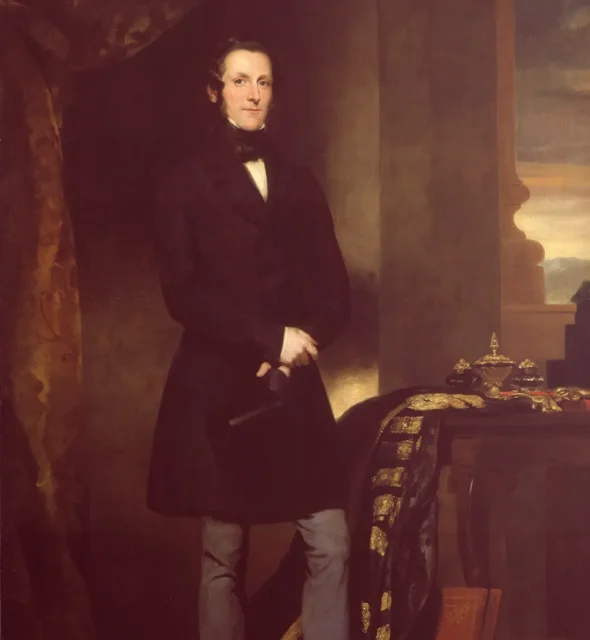DINA NATH, PANDIT (b. 1888), active supporter of and participant in the Sikh Gurdwara reform movement 1920-25, was born in 1888, the son of Pandit Bal Krishan of Amritsar. In the wake of the agrarian protest in the Punjab in 1907, he joined the Indian National Congress. He was secretary of the Amritsar District Congress Committee when the Gurdwara reform or AkaIi movement got under way with the establishment in November 1920 of a representative Sikh body, the Shiromani Gurdwara Parbandhak Committee. Pandit Dina Nath was in sympathy with the movement and joined the Akali agitation for the restoration of the keys of the to shakhana or treasury of the Darbar Sahib, which had been taken away by the British Deputy Commissioner on 7 November 1921.

DALHOUSIE, JAMES ANDREW BROUN RAMSAY, First Marquis of (1812-1860), Governor General of India (1848-56), son of George (1770-1838), the ninth Earl in the peerage of Scotland, was born at Dalhouse Castle on 22 April 1812. He was educated at Harrow and at Christ Church, Oxford. He succeeded his father to the peerage in 1838 and became member of the House of Lords. In 1845, he became president of the Board of Trade. In 1846, he declined a post in the British cabinet under Sir Robert Peel.
DE LA ROCHE, HENRI FRANCOIS STANISLAUS (d 1842), a Frenchman born in Mauritius, served in the army of Begam Samru. As the force was disbanded by the British after the Begam`s death, he came to Lahore in 1838 and took up service under Maharaja Ranjit Singh as a cavalry officer on a salary of Rs 500 per month. Apart from army duties, he was occasionally deputed to settle boundary disputes on the Sikh frontier.
DHAKAULI, a village in Patiala district, 14 km east of Chandigarh (30° 44`N, 76° 46`E), is famous for Gurdwara Baoli Sahib, dedicated to Guru Gobind Singh. According to local tradition, the Guru, on his way back from Paonta to Anandpur in November 1688 decided to encamp on this site. He was told by the villagers that the nearest source of water was the stream Sukhna which was 2 km away.
DHARAM SINGH, BHAI (d. 1921) was the youngest of the four sons of Bhai Sant Singh and Mai Hukmi, of the village of Bundala, in Amritsar district. He was only four years old when the family migrated to Chakk No. 71 Bundala Bachan Singhvala in the newly colonized district of Lyallpur. His education was limited to rudimentary knowledge of the Punjabi language which he could barely read in the Gurmukhi script. He was robustly built and enjoyed wrestling.






